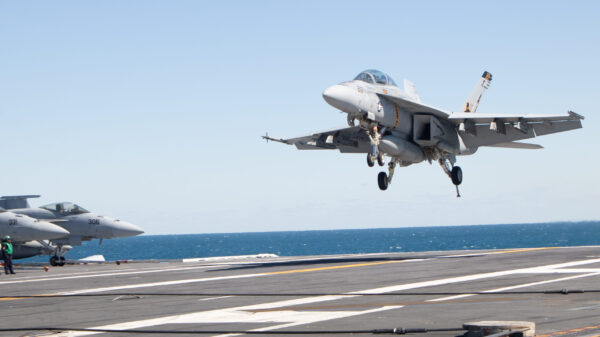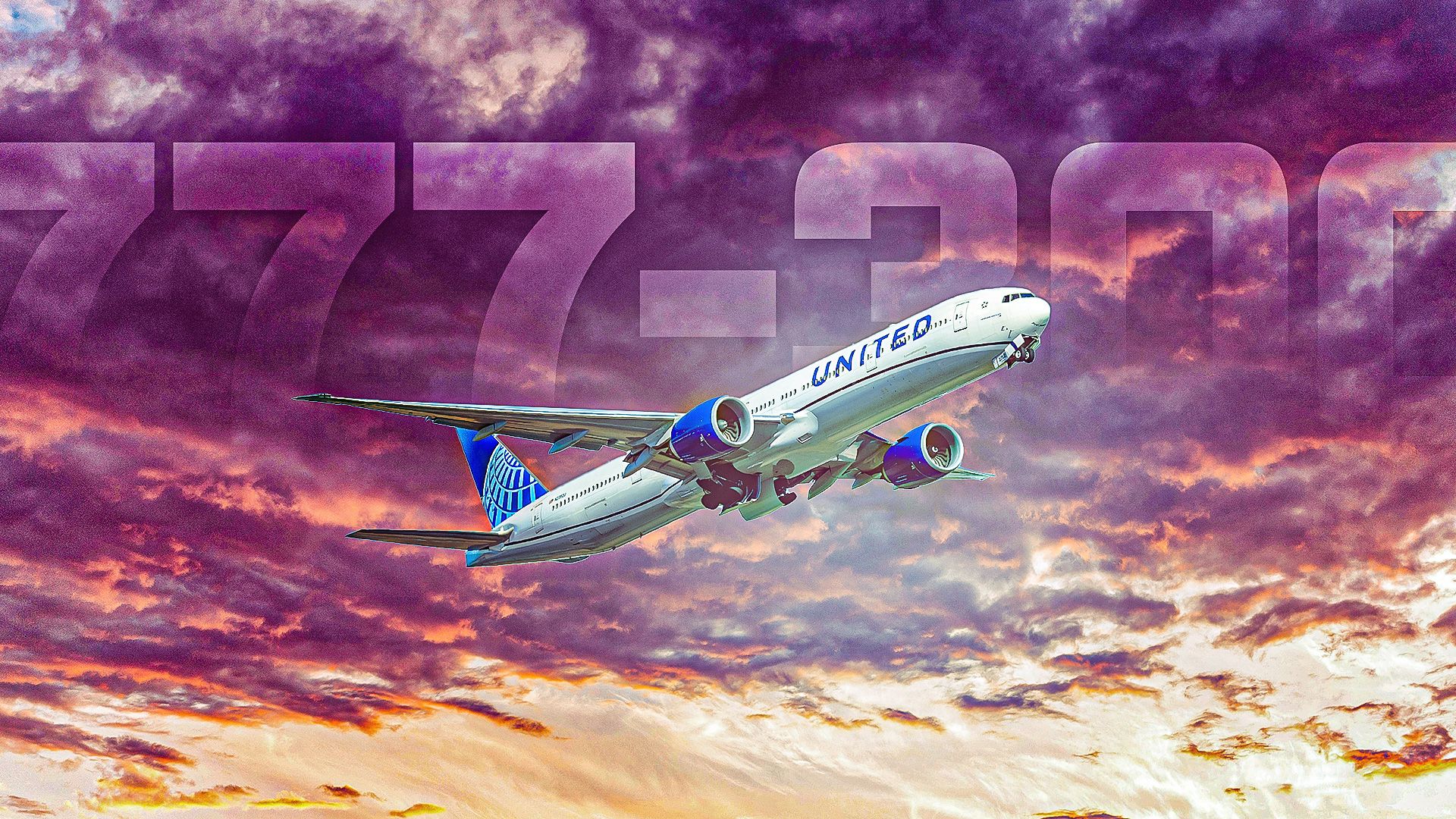American Airlines and United Airlines are engaged in a competitive landscape, particularly with their operations involving the Boeing 777-300ER. Both airlines, as major US legacy carriers, utilize this aircraft model to enhance their long-haul services, but they differ in fleet size and operational strategy. According to data from ch-aviation, American Airlines operates 20 Boeing 777-300ERs, averaging 11.7 years in age, while United Airlines boasts a fleet of 22 jets, averaging 7.9 years.
The Boeing 777-300ER is particularly valued by both carriers for its capacity to offer premium seating arrangements. This focus on premium-heavy layouts allows each airline to cater to high-value business travelers on significant long-haul routes.
American Airlines: Strong Transatlantic Focus
In November 2023, American Airlines has scheduled an impressive 710 flights with its 777-300ERs, providing a total of 215,840 seats and 934,706,368 available seat miles, as reported by Cirium. Notably, the airline plans to showcase a special centenary livery for this aircraft type in 2026.
American Airlines’ primary route for the 777-300ER connects New York JFK Airport with London Heathrow, operating twice daily. Additionally, other key routes include daily flights from Dallas/Fort Worth to London, as well as from Charlotte and Los Angeles to London. The Miami to London route is also frequently serviced, except for a brief hiatus at the month’s start.
Upon the delivery of its first 777-300ER in 2013, Virasb Vahidi, the airline’s Chief Commercial Officer, emphasized the model’s importance for fleet renewal, stating that it enhances network flexibility and operational efficiency while delivering a state-of-the-art customer experience.
United Airlines: Expanding Transpacific Operations
United Airlines leads in operational metrics with its 777-300ERs, scheduling 781 flights this month, which translates to 273,350 seats and 1,428,702,450 available seat miles. This robust operation highlights United’s commitment to leveraging its larger and younger fleet effectively.
Interestingly, United’s most frequented routes this month are transpacific, notably connecting San Francisco to Manila and Hong Kong with twice-daily service. Other transpacific destinations include Shanghai and Taipei. In terms of transatlantic routes, United operates daily flights from Washington D.C. to Brussels and Frankfurt, with additional services from Newark to Frankfurt.
Onboard Experience: Varied Layouts and Comfort
Both airlines offer distinct onboard experiences on their Boeing 777-300ERs. United Airlines maintains a uniform layout across its 22 jets, accommodating 350 passengers in three classes. This includes 60 Polaris business class flatbeds arranged in a staggered 1-2-1 configuration, along with 24 premium economy seats and 266 economy seats, 62 of which provide extra legroom.
In contrast, American Airlines offers two different configurations for its 777-300ER fleet. One layout features 304 seats across four classes, including eight Flagship First suites at the front, 52 Flagship Business flatbeds, and 28 premium economy recliners. The second layout accommodates 330 passengers across three classes, with 70 business class flatbeds comprising 21.2% of the aircraft’s capacity, alongside 44 premium economy seats and 216 economy seats.
As competition continues to intensify in the long-haul market, both American Airlines and United Airlines are strategically utilizing their Boeing 777-300ER fleets to enhance their service offerings, catering to the demands of business travelers and expanding their global reach.






































































